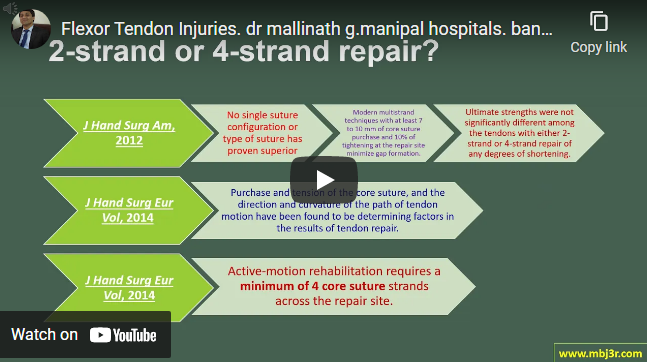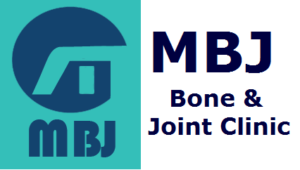- Traumatic condition classified by the zone of injury
- Tendon healing occurs via intrinsic and extrinsic pathways
- 5 annular pulleys (A1 to A5), A2 and A4 arise from the periosteum, A1, A3, and A5 arise from the volar plate and 3 cruciate pulleys
- Thumb contains 2 annular pulleys and 1 interposed oblique pulley
- Zone I – distal to FDS insertion, Zone II – FDS insertion to distal palmar crease/proximal A1 pulley, Zone III – palm (A1 pulley to distal aspect of carpal ligament), Zone IV – carpal tunnel, Zone V – carpel tunnel to forearm
- Wide-awake flexor tendon repair
- Zone 2 flexor tendon require the most technically precise repairs and dedicated rehabilitation
- Active-motion rehabilitation requires a minimum of 4 core suture strands across the repair site
- Growth-factor modulation yet to translate into clinical practice.
- Active motion therapy provides greater active finger motion than passive motion therapy after zone-II flexor tendon repair without increasing the risk of tendon rupture
- Tendon adhesions, Re-rupture, Joint contracture, Swan-neck deformity, Trigger finger are common complications

